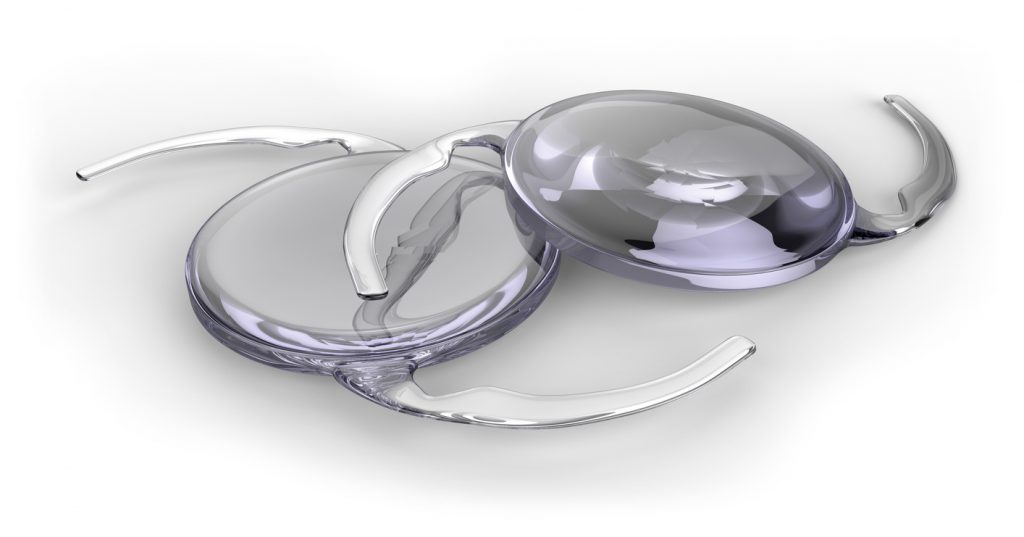Will I need glasses after cataract surgery?

Years ago if you had cataract surgery, the natural cloudy lens was removed and there was nothing to replace it. People had to wear very thick eyeglasses or special contact lenses to be able to see clearly after cataract surgery. Now, we have a replacement for the eye’s natural lenses called intraocular lenses (IOLs). There are several types of lens implants available to help reduce or eliminate your dependence on glasses.
So why do some people still require glasses after their surgery while others do not? There are many factors that determine if you will continue to wear full time glasses, part time glasses such as reading glasses, or none at all. These factors include the overall health of the eye, the type of surgery you select (traditional or laser), the amount of astigmatism, your current eyeglass prescription, and your visual needs.
Although traditional cataract surgery is very effective and successful, when considering your surgical options, laser cataract surgery can offer a host of benefits over traditional procedures and can help you experience the best possible long-term vision. Laser surgery allows the surgeon to perform certain key steps within cataract surgery with a laser rather than a hand-held blade.
The benefits of laser surgery include:
- The laser provides an extremely detailed 3-D image of the eye. Since each eye is different with regards to its structures, the surgeon can use the measurements the laser provides to plan your surgery much more precisely.
- The laser enables better centering of the intraocular lens which is a significant factor in determining final visual outcomes.
- The laser enables the physician to simultaneously correct certain amounts of regular astigmatism to reduce your need for glasses.
Patients who have traditional or laser cataract surgery with a monofocal IOL may need glasses for some or all distances. Monofocal IOLs have been used for several decades and are set to provide your best uncorrected vision at one focal point. Many people who choose a monofocal IOL have it set it for distance vision and use reading glasses for near activities. On the other hand, a person whose IOLs are set to correct near vision would need glasses to see distant objects clearly.
Monofocal IOLs can also be set for monovision, which is distance vision in one eye and near vision in the other eye. If you are considering monovision, your ophthalmologist may suggest trying this technique with contact lenses first to see how well you can adapt. If you require crisp, detailed vision, monovision may not be the best approach for you.
Astigmatism is an imperfection in the curvature of your cornea. Laser cataract surgery enables the physician to correct certain amounts of regular astigmatism to reduce your need for glasses. Astigmatism correcting IOLs can also be used to help decrease the dependence upon glasses. These IOLs are monofocal IOLs that correct astigmatism so you can see without glasses at one distance. You may still rely on glasses for some activities.
Multifocal IOLs utilize advanced technology and offer a series of focal zones or rings built into the IOL. Depending on where light focuses through the zones, you may be able to see distance, intermediate and near objects clearly. The ability to read and perform other tasks without glasses varies from person to person but it is generally best when multifocal IOLs are placed in both eyes.
Regardless of the type of lens you select, you may still need to rely on glasses some of the time, but if correctly selected, your IOLs can greatly reduce your dependence on glasses. Discuss your options with your ophthalmologist to determine the IOL that best suits your vision needs and lifestyle.

 ANNOUNCING UPDATES TO OUR COVID-19 SAFETY PROTOCOLS
ANNOUNCING UPDATES TO OUR COVID-19 SAFETY PROTOCOLS